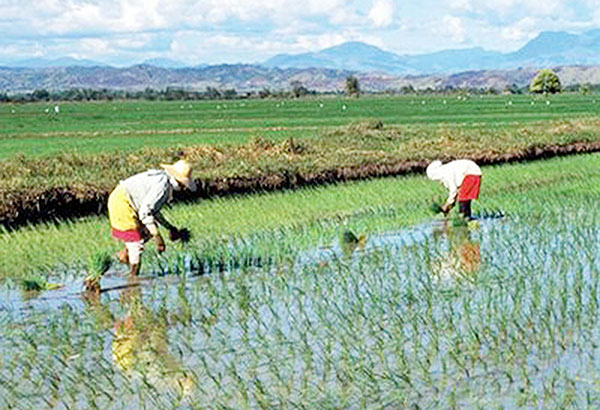Agriculture contribution shrinking in ASEAN

MANILA, Philippines — The contribution of agriculture to the national economy of countries in the ASEAN region is expected to further shrink but this may not entirely be a bad thing, an expert said.
Professor Paul Teng of the National Institute of Education in Singapore said the contribution of almost all ASEAN countries to their own gross domestic product (GDP) has been declining for the past 25 years and the trend is likely to continue in the years to come.
“Every country when it develops, agriculture becomes less and less with respect to its contribution to the total GDP. The reason is that non-agricultural sectors also grow just like in the Philippines where the service and finance sectors grow fast, “ Teng told The STAR on the sidelines of the CropLife Asia seminar.
For instance, major rice-producing ASEAN nations have showed decreasing agricultural contribution from 1990 up to the present. The share of agriculture in Vietnam’s GDP declined from 39 percent to 19 percent, Cambodia from 50 percent to 28 percent, Myanmar from 57 percent to 27 percent and Thailand from 10 percent to nine percent.
The Philippines is no exception as its contribution to GDP has declined to 10 percent from 19 percent in 1990.
And while the decline may sound alarming, Teng said the challenge is to make sure that ASEAN nations keep on producing enough to keep up with the demand in the region.
“Every country wants the economy to grow and what are the ways to grow, industrialization and financial services,” he said.
However, Teng emphasized that the challenge is to make sure that ASEAN nations keep on producing enough to keep up with the demand in the region.
“All the governments in ASEAN are underinvesting in agriculture research ever since. Some sub-sectors have seen more funding but the overall picture is that there is underinvesting,” Teng said.
The Food and Agriculture Organization of the United Nations estimated that approximately $265 billion should be invested yearly for the whole world until 2050 to ensure sufficient food supply.
“We need to invest or we will be in trouble. The world depends on us in many crops. But another problem is that even if we produce more, we also export more to countries outside of the ASEAN,” Teng said.
The current food demand in the region has changed significantly as ASEAN continues to become more urban.
“There is reduced per capita consumption of rice while there is increased consumption per capita of wheat and increased diversity in the food groups consumed, as well as westernization of diets,” Teng said.
The lesser contribution to the economy is also due to the lower productivity in most areas as an effect of various disruptors including weather events, pest and diseases, natural calamities, sudden policy changes in trade, energy price hikes, geopolitical and human health crises.
“Yield has been declining and yet prices are increasing due to climate change. We should strive for the ability to grow enough and meet the needs of the present without compromising the ability of future generations to meet their own needs,” Teng said.
Agriculture is vital to most ASEAN economies as it provides livelihoods to a big segment of the population.
ASEAN has among the top three exporting countries for mangoes, bananas, pineapples, cashew nuts, cassava and coffee. It is also the leading producer and exporter of coconut, palm oil, and rubber.
- Latest




























